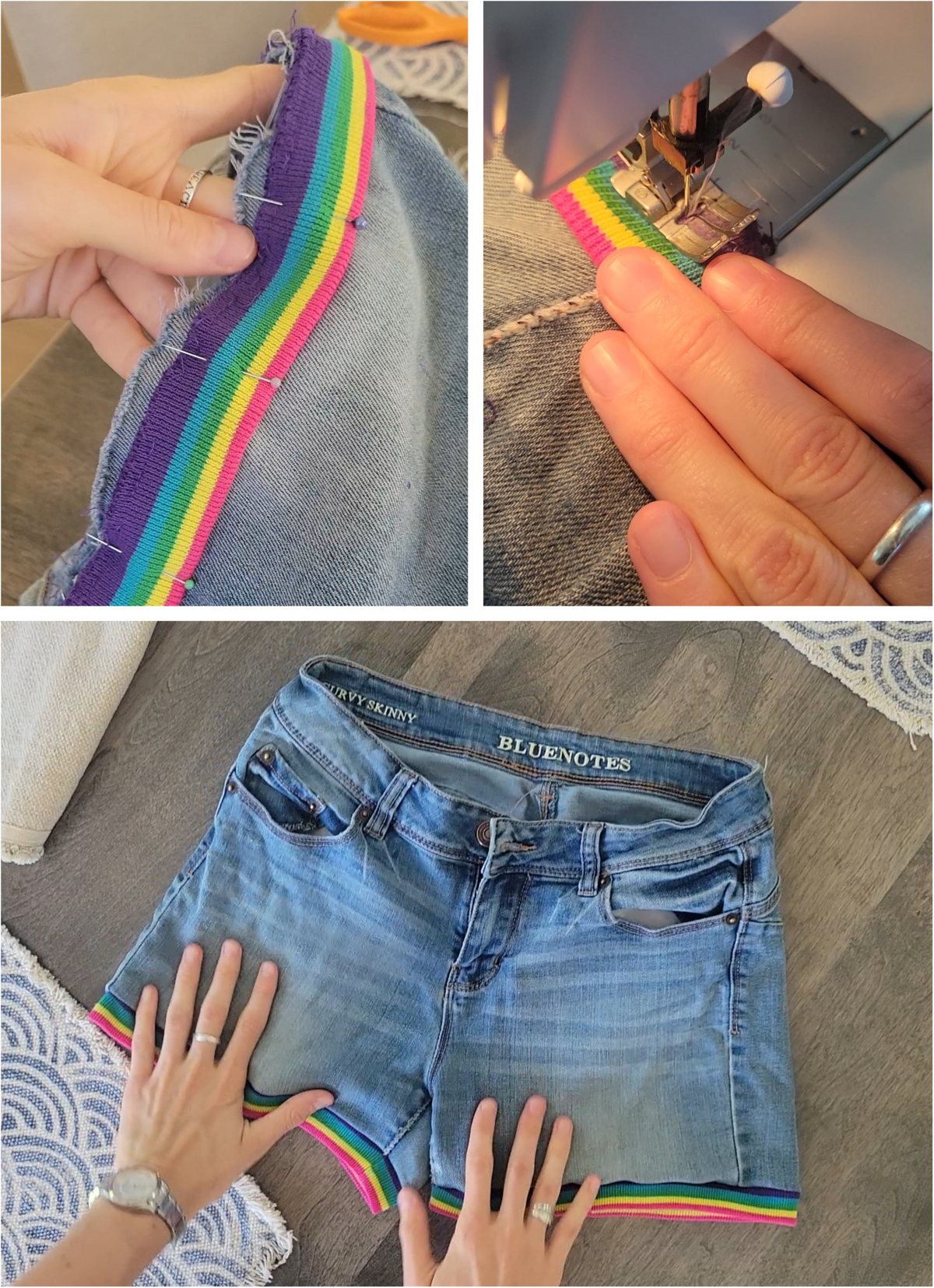The relentless manufacturing of clothing contributes to water shortages, pollution and climate change.
Luckily, sustainable trends like visible mending, buying second-hand and textile recycling are gaining momentum in the world of fashion.
Whether at thrift stores or curated vintage boutiques, shopping for “pre-owned” clothes has become extremely popular.
As well as being an environmentally conscious choice, second-hand clothing provides an immense variety of pieces at affordable prices.
This comes as a stark contrast to “fast fashion,” which reinforces social pressure on shoppers to follow the latest trends and avoid repeating outfits. Fast fashion brands like H&M, Zara and Shein rose to popularity by providing cheap, quick versions of the newest styles.
Fast fashion pieces typically use low-quality materials like polyester or fake leather, which can degrade after just a few uses. Handmade, vintage or second-hand items will often be much more durable and last many years, compared to poorly crafted, trendy pieces.
To produce the sheer volume of new clothing hitting the shelves, the fashion industry uses and pollutes enormous quantities of water. A single cotton T-shirt can require 2,700 litres of water to manufacture.
Overseas manufacturing by fast fashion brands may rely on factory workers subject to unsafe or unethical working conditions, including the use of toxic dyes.
When shoppers are pressured to rapidly buy new trendy outfits, that clothing also contributes to climate warming. Synthetic fabrics are derived from fossil fuels and delivery from online retailers produces carbon emissions, especially with rush shipping.
Shoppers can still keep it interesting with second-hand clothes by “rotating” their closet without producing nearly as much waste. It’s simple to wear items until they no longer suit your taste, then donate them to be reused again.
Inevitably, some clothing becomes too damaged or stained to wear. Canadians throw out about 1 million tonnes of textiles every year, which makes up five to 10 per cent of all garbage in landfills, according to 2019 research by The Salvation Army’s National Recycling Operations.
Unfortunately, it’s estimated that 95 per cent of textile waste could be recycled.
In landfills, organic fabrics like cotton, linen or wool decompose to produce methane, a strong greenhouse gas that causes more warming in the atmosphere than CO2. Synthetic fabrics produce plastic fragments that take hundreds of years to break down.
Many repairs, like sewing on a button, can be done at home with just a needle and thread. Other fixes or adjustments to fit can be carried out by a local tailor.
Pieces that no longer serve their original purpose can still be used in creative and stylish ways: ripped pants can become shorts, or bright patches and visible mending techniques can fill large gaps. Fabric scraps can be made into puppets, decorative banners or flags, napkins or wallets.
At the Niagara-on-the-Lake Public Library, the Makery offers many tools for reusing textiles. The button maker can press patterns from old shirts into pins to put on jackets or bags, or the Cricut maker cuts fabric scraps for small projects.
The library’s embroidery machine can apply patterns onto existing fabric, including designs uploaded via USB, to cover prominent stains or patches. At the library’s upcoming Repair Café on Oct. 1, volunteers will also be available to fix clothing and other household items.
When repair or donation isn’t possible, textile waste can be recycled locally: clothing, footwear, accessories (purses, luggage, belts, hats), linens, pillows, stuffed toys and any other fabric or rubber scraps. Bags clearly labelled “Fabric recycling” can be placed in Diabetes Canada donation bins.
After getting a sewing book at a garage sale, I combined two pieces of textile “waste” into a new, upcycled piece that I love. I found that sustainable fashion choices can be straightforward, and even cute as a button, if you’re willing to get creative.
Kyra Simone is a PhD student in environmental science, with master’s degrees in biology and science communication. When not researching climate change, she advocates for a sustainable future, picks up litter and makes recycled jewelry.











